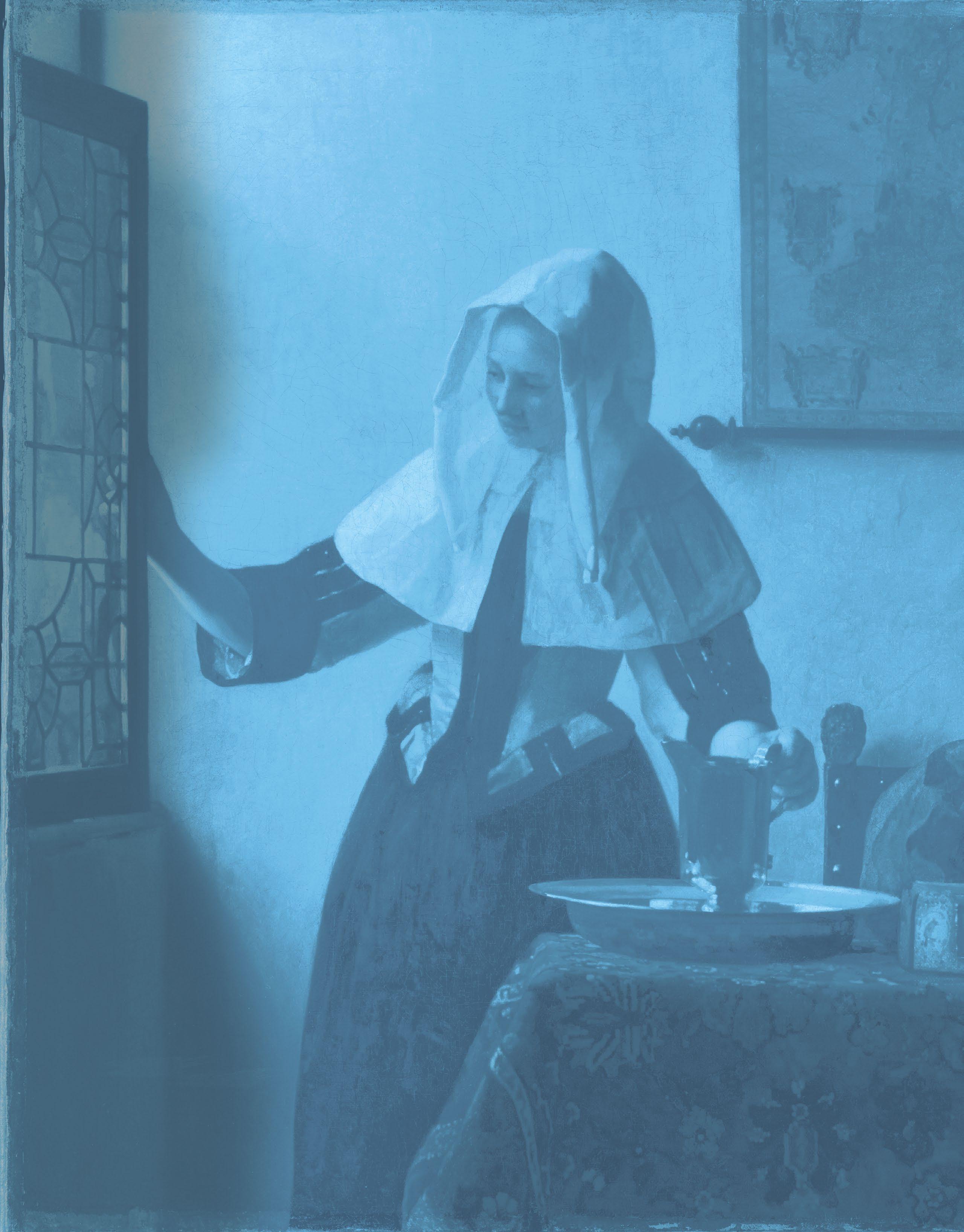




Great Minds® is the creator of Eureka Math® , Wit & Wisdom® , Alexandria Plan™, and PhD Science® .
Published by Great Minds PBC greatminds.org
© 2023 Great Minds PBC. All rights reserved. No part of this work may be reproduced or used in any form or by any means—graphic, electronic, or mechanical, including photocopying or information storage and retrieval systems—without written permission from the copyright holder.
Printed in the USA A-Print
979-8-88588-707-6
Handout 1A: Question Corner Signs
Handout 4A: Sensory Cards
Handout 5A: First Page of Sensory Book
Handout 10A: Book Cover
Handout 13A: Sight and Hearing Cards
Handout 14A: Drawing of City Street
Handout 15A: Complete Sentences
Handout 16A: Book Cover
Handout 18A: Flower Day
Handout 23A: Sketch of Page 3 in Rap a Tap Tap
Handout 24A: Sketch of Page 18 in Rap a Tap Tap
Handout 26A: Rhyming Cards
Handout 26B: Preposition Cards
Handout 28A: Bojangles and Prepositions
Handout 29A: Have Conversations Response Cards
Volume of Reading Reflection Questions
Wit & Wisdom Family Tip Sheet
Directions: Create questions about the text using the question word on the sign.
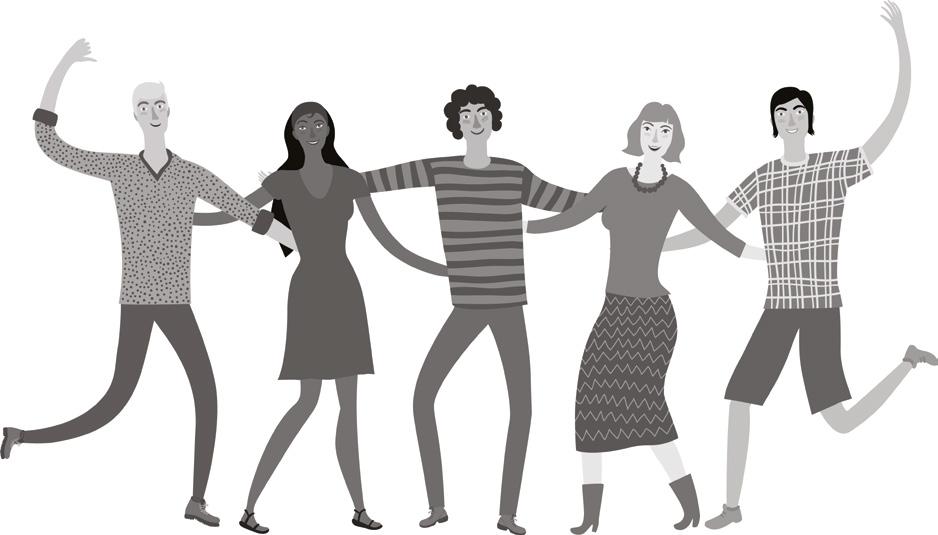



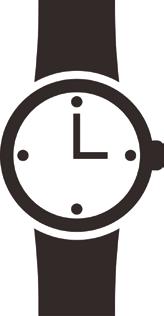






Directions: Identify the sense on the card and explain how you used this sense to a peer.


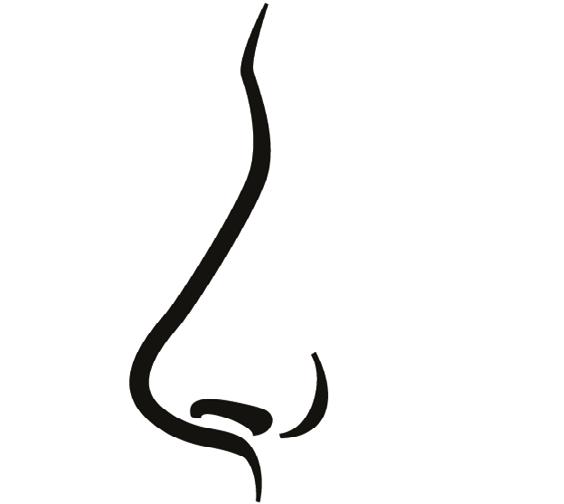

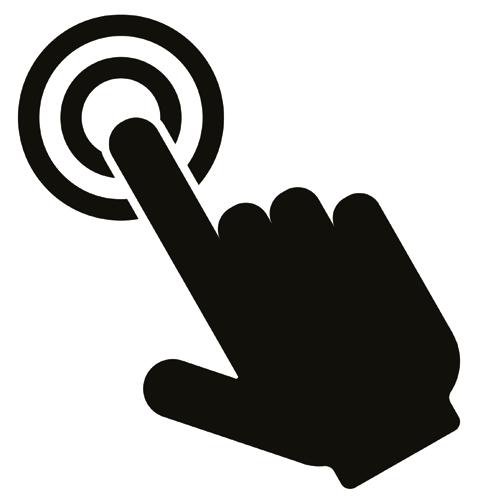
Directions: Cut out this page and attach it as the first page of the group Sensory Book. Our senses help us enjoy the world.


Directions: Cut out this page and attach it as the cover of the Sensory Book. Create a drawing for the cover in the large box below.
The boy uses his senses to learn about the world.

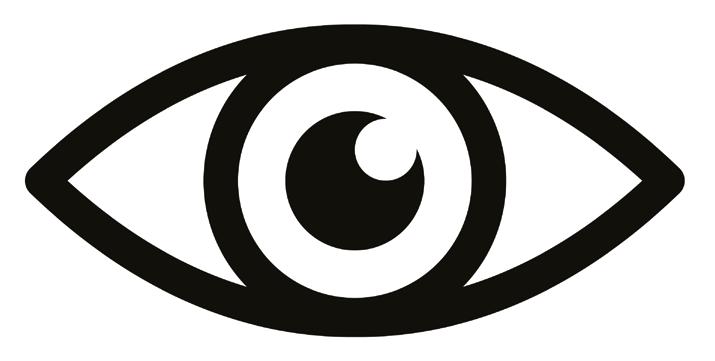
Directions: Hold up one card to signal what sense CJ is using in the text. Cite examples from the text.


Directions: Add text details to the drawing based on the words and illustrations in the text.

Directions: Verbally create a complete sentence using each image as the “who” in the sentence.
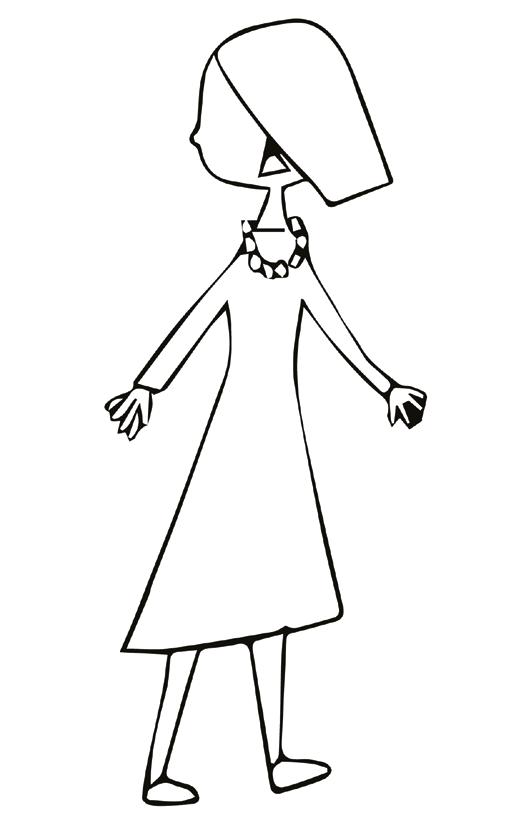



Directions: Cut out this page and attach it as the book cover. Create a drawing for the cover in the large box below.
CJ uses his senses to learn about the world.
Directions: Use letters to label the people and things in the picture.
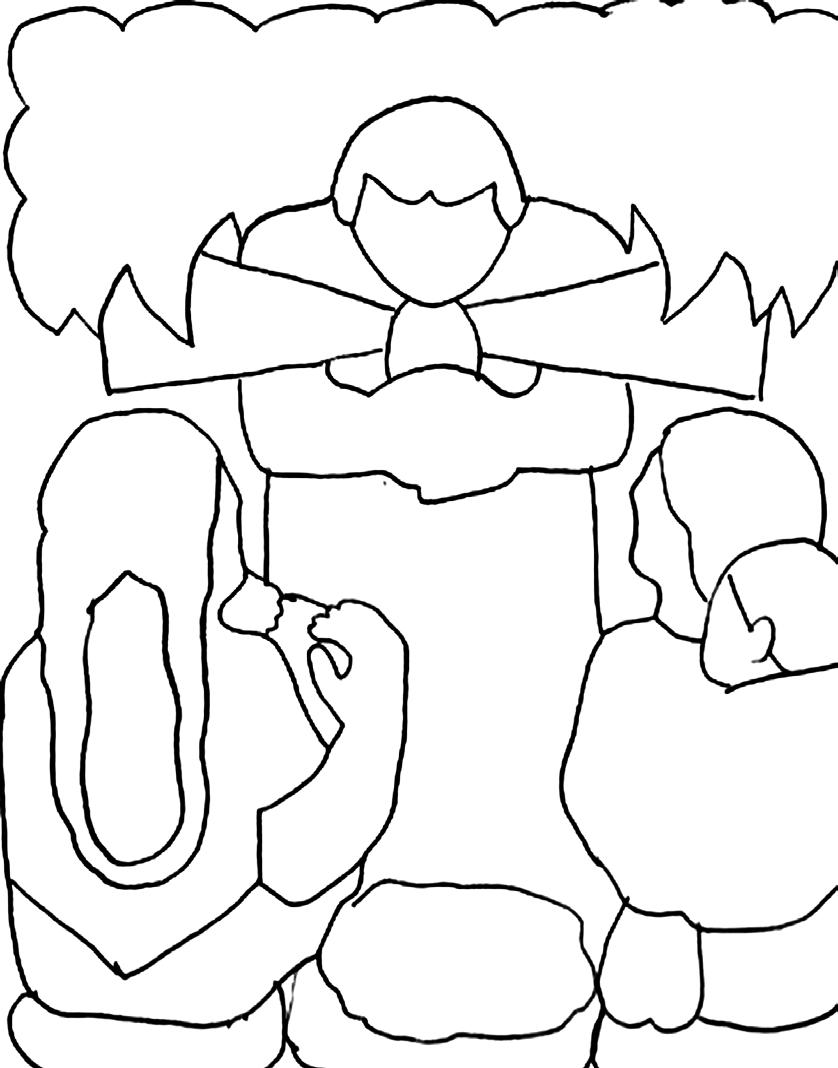
Directions: Use letters to label the people and things in the picture.

Directions:






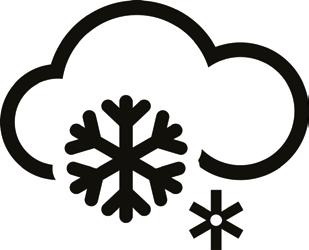


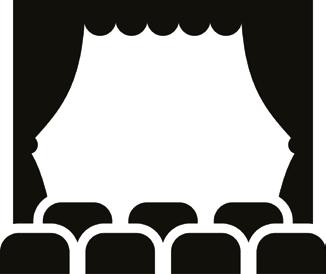

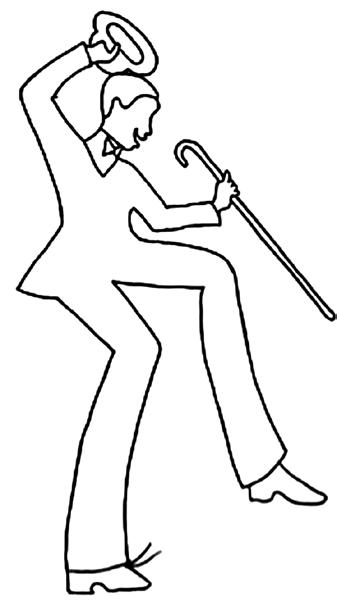
Directions: Create complete sentences with prepositions by moving the image of Bojangles.
Directions: Use this card to ask a peer a question about their text evidence as you have conversations.






What text evidence did you use?
What text evidence did you use?
What text evidence did you use?
What text evidence did you use?
What text evidence did you use?
What text evidence did you use?
Five Senses, Kindergarten, Module 1
Student Name: Text: Author: Topic: Genre/Type of Book: Share what you know about the five senses by answering one question in each category (Wonder, Organize, Reveal, Distill, Know) below. Draw a picture or tell your teacher your answer to each question.
1. Wonder: What does the front cover tell us about the book? What does the back cover tell us about the book? What do you see on the front or back cover that gives clues about what happens in the text?
2. Wonder: Why did you choose to read this book about the five senses? What did you notice about the book that made you want to read it? Point to the details that you noticed.
3. Wonder: What are you wondering about the five senses after reading this book?
4. Organize: How does this book teach that you have five senses? What key details did you notice in the illustrations? Point to the key details that you noticed.
5. Organize: What did you learn about how our senses work from this book? Draw a picture showing what you learned.
6. Organize: Complete the following sentence by drawing the sense (smell, touch, taste, sight, hearing) in the first blank and what you used to learn about it (nose, hands, tongue, eyes, ears) in the second blank:
In this book, I learned about my sense of with my .
7. Reveal: Find an important idea about one of your senses in the book. Draw the important detail that you noticed on the page. Tell your teacher why that page is important.
8. Reveal: What is one important way the author shows or uses the five senses in the book? Point to an example in the book.
9. Reveal: How does a character use his or her senses to learn about the world around them? Explain what you heard in the text and point to the illustration that shows the character using their senses.
10. Reveal: Choose one of the illustrations or drawings that helped you better understand how our senses help us. Share with your teacher how this illustration helped you.
11. Distill: Before reading the book, what did you know about the five senses? Give an example of an idea that you knew that was also explained in the book.
12. Distill: What new information do you now know about the five senses? Share the new idea that you learned.
13. Know: How do people use their senses to learn about the world?
14. Know: Should other kids who are interested in learning about the five senses read this book? Was it helpful or interesting to you? Why or why not?
Wit & Wisdom is our English curriculum. It builds knowledge of key topics in history, science, and literature through the study of excellent texts. By reading and responding to stories and nonfiction texts, we will build knowledge of the following topics:
Module 1: The Five Senses
Module 2: Once Upon a Farm
Module 3: America, Then and Now
Module 4: The Continents
In this first module, we will study the five senses. Studying the five senses lays a foundation for knowledge of human biology. We will learn how we see, hear, taste, touch, and smell as we ask the question: How do our senses help us to learn?
OUR CLASS WILL READ THESE BOOKS:
Picture Books (Informational)
My Five Senses, Aliki
My Five Senses, Margaret Miller
Rap a Tap Tap, Leo and Diane Dillon
Picture Books (Literary)
Chicka Chicka Boom Boom, Bill Martin Jr. and John Archambault; Illustrations, Lois Ehlert
Last Stop on Market Street, Matt de la Peña; Illustrations, Christian Robinson
Articles
“Great Depression,” Children’s Encyclopedia
“The Harlem Renaissance,” Brian Brown
OUR CLASS WILL WATCH THESE VIDEOS:
“Bojangles Step Dance”
“Chicka Chicka Boom Boom”
“Eight-Year-Old Tap Prodigy Little Luke”
OUR CLASS WILL EXAMINE THESE PAINTINGS:
Flower Day, Diego Rivera
Le Gourmet, Pablo Picasso
OUR CLASS WILL ASK THESE QUESTIONS:
What are our five senses?
How do people use their senses to learn about the world?
How does CJ use his senses to learn about the world in Last Stop on Market Street?
How do our senses help us learn from Chicka Chicka Boom Boom?
How do our senses help us learn from Rap a Tap Tap?
How do our senses help us learn?
QUESTIONS TO ASK AT HOME:
As you read with your Kindergarten student, ask:
What do you notice and wonder?
BOOKS TO READ AT HOME:
Geraldine, the Music Mouse, Leo Lionni
Brown Bear, Brown Bear, What Do You See? Bill Martin Jr.
Polar Bear, Polar Bear, What Do You Hear? Bill Martin Jr.
The Listening Walk, Paul Showers
Drum Dream Girl, Margarita Engle
Hello Ocean, Pam Muñoz Ryan
Rain, Manya Stojic
Owl Moon, Jane Yolen
Snowy Day, Ezra Jack Keats
Little Fur Family, Margaret Wise Brown
Every Second Something Happens: Poems for the Mind and the Senses, Christine San José
Ada Twist, Scientist, Andrea Beaty
No One Saw, Bob Raczka
PLACES YOU CAN VISIT TO TALK ABOUT THE FIVE SENSES:
Visit an art museum or art exhibit together. Take time to look at the art and ask:
What are you wondering about the five senses after looking at this art?
What do you notice?
What’s happening in this work of art?
How do people use their senses to learn about the world?
Great Minds® has made every effort to obtain permission for the reprinting of all copyrighted material. If any owner of copyrighted material is not acknowledged herein, please contact Great Minds® for proper acknowledgment in all future editions and reprints of this module.
All material from the Common Core State Standards for English Language Arts & Literacy in History/Social Studies, Science, and Technical Subjects © Copyright 2010 National Governors Association Center for Best Practices and Council of Chief State School Officers. All rights reserved.
All images are used under license from Shutterstock.com unless otherwise noted.
For updated credit information, please visit http://witeng.link/credits.
The following writers, editors, reviewers, and support staff contributed to the development of this curriculum.
Karen Aleo, Elizabeth Bailey, Ashley Bessicks, Sarah Brenner, Ann Brigham, Catherine Cafferty, Sheila Byrd-Carmichael, Lauren Chapalee, Emily Climer, Rebecca Cohen, Elaine Collins, Julia Dantchev, Beverly Davis, Shana Dinner de Vaca, Kristy Ellis, Moira Clarkin Evans, Marty Gephart, Mamie Goodson, Nora Graham, Lindsay Griffith, Lorraine Griffith, Christina Gonzalez, Emily Gula, Brenna Haffner, Joanna Hawkins, Elizabeth Haydel, Sarah Henchey, Trish Huerster, Ashley Hymel, Carol Jago, Mica Jochim, Jennifer Johnson, Mason Judy, Sara Judy, Lior Klirs, Shelly Knupp, Liana Krissoff, Sarah Kushner, Suzanne Lauchaire, Diana Leddy, David Liben, Farren Liben, Brittany Lowe, Whitney Lyle, Stephanie Kane-Mainier, Liz Manolis, Jennifer Marin, Audrey Mastroleo, Maya Marquez, Susannah Maynard, Cathy McGath, Emily McKean, Andrea Minich, Rebecca Moore, Lynne Munson, Carol Paiva, Michelle Palmieri, Tricia Parker, Marya Myers Parr, Meredith Phillips, Eden Plantz, Shilpa Raman, Rachel Rooney, Jennifer Ruppel, Julie Sawyer-Wood, Nicole Shivers, Danielle Shylit, Rachel Stack, Amelia Swabb, Vicki Taylor, Melissa Thomson, Lindsay Tomlinson, Tsianina Tovar, Sarah Turnage, Melissa Vail, Keenan Walsh, Michelle Warner, Julia Wasson, Katie Waters, Sarah Webb, Lynn Welch, Yvonne Guerrero Welch, Amy Wierzbicki, Margaret Wilson, Sarah Woodard, Lynn Woods, and Rachel Zindler
We are grateful for the many educators, writers, and subject-matter experts who made this program possible.
David Abel, Robin Agurkis, Sarah Ambrose, Rebeca Barroso, Julianne Barto, Amy Benjamin, Andrew Biemiller, Charlotte Boucher, Adam Cardais, Eric Carey, Jessica Carloni, Dawn Cavalieri, Janine Cody, Tequila Cornelious, David Cummings, Matt Davis, Thomas Easterling, Jeanette Edelstein, Sandra Engleman, Charles Fischer, Kath Gibbs, Natalie Goldstein, Laurie Gonsoulin, Dennis Hamel, Kristen Hayes, Steve Hettleman, Cara Hoppe, Libby Howard, Gail Kearns, Lisa King, Sarah Kopec, Andrew Krepp, Shannon Last, Ted MacInnis, Christina Martire, Alisha McCarthy, Cindy Medici, Brian Methe, Ivonne Mercado, Patricia Mickelberry, Jane Miller, Cathy Newton, Turi Nilsson, Julie Norris, Tara O’Hare, Galemarie Ola, Tamara Otto, Christine Palmtag, Dave Powers, Jeff Robinson, Karen Rollhauser, Tonya Romayne, Emmet Rosenfeld, Mike Russoniello, Deborah Samley, Casey Schultz, Renee Simpson, Rebecca Sklepovich, Kim Taylor, Tracy Vigliotti, Charmaine Whitman, Glenda Wisenburn-Burke, and Howard Yaffe
The following early adopters provided invaluable insight and guidance for Wit & Wisdom:
Bourbonnais School District 53 • Bourbonnais, IL
Coney Island Prep Middle School • Brooklyn, NY
Gate City Charter School for the Arts • Merrimack, NH
Hebrew Academy for Special Children • Brooklyn, NY
Paris Independent Schools • Paris, KY
Saydel Community School District • Saydel, IA
Strive Collegiate Academy • Nashville, TN
Valiente College Preparatory Charter School • South Gate, CA
Voyageur Academy • Detroit, MI
Design Direction provided by Alton Creative, Inc.
Project management support, production design and copyediting services provided by ScribeConcepts.com
Copyediting services provided by Fine Lines Editing
Product management support provided by Sandhill Consulting
